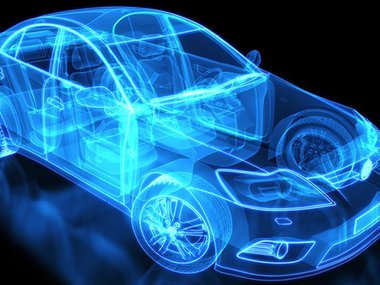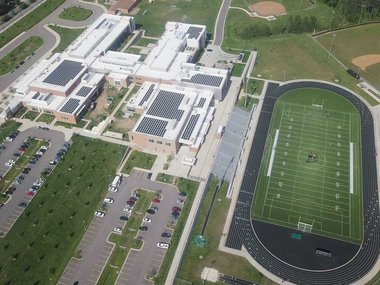Question Your World: Can Walking Provide Us Electricity?
The challenge of providing energy for a growing population while simultaneously not contributing to human caused climate change can seem like a tricky proposition. Clean energy traditionally has been associated with solar, wind, hydro, and other such green energy methods. As the planet’s energy needs grow, we’ll need more creative approaches to meeting our energy needs. Some scientists have been thinking outside the box by using human commuters’ feet to generate power that is not only renewable, but does not rely on external variables like sunlight, wind, or water. This all started by scientists asking themselves a very interesting question: Can we power the world by using our feet?
The average human will walk the circumference of the Earth 5 times in one lifetime. That’s a lot of walking! All around the world people wake up and walk to their jobs, walk to the store, walk around in malls, stroll through gardens, and so on. Our walking time is taken to the next level when you consider how many steps we take at work, at home, while shopping, at a sports event, or the myriad of other occasions for us to walk around. While a few steps here and there may not seem like a substantial amount, we must keep in mind that our human family’s walking time, when combined, would add up to a whole lot of steps every second of the day.
Some scientists recently had an exceptional idea to harvest human foot traffic to help generate electricity. Thanks to the lovely people in the field of nanotechnology, a huge issue may be in for a massive overhaul thanks to some very very small things. By taking very fine wood pulp created with special materials, they are able to harness a slight electrical charge when someone steps on the surface. Basically as feet press down on this special floor, it forces tiny particles to interact with one another causing the electrons to interact in a way that outputs a small electrical charge. This charge is then gathered, thanks to TENGs, triboelectric nanogenerators which run through the floor, and output into functional electricity. But, does it work? Actually, yes. The University of Wisconsin - Madison is where this work is being done and the prototype there has now lab-tested successfully for millions of cycles without any problems.

While the rest of renewable energy options need to be further explored, these scientists feel that this is an idea that could compliment all the other efforts happening around the world. They simply needed to literally look beneath their feet to think of this option. Considering that our evolutionary branch is based on bipedalism, this type of energy harvesting is pretty fitting for our species. Public areas have floors that have constant access to people, so this idea could really take off if the testing continues to show successful results.
Would this idea catch on around the world though? Sure, it sort of already has. The St. Omer station in France has been using a similar technology for a little while now. They use the pathways for commuters as floors that generate electricity for the station. Another example of creative energy harvesting is happening in Sweden. At the train station in Stockholm, scientists have been using human body heat to generate electricity. In fact, they generate so much energy that not only are they powering the station, but also sharing the surplus energy with neighboring buildings. The potential uses of this kinetic design is pretty impressive and shows great promise to be used in tandem with various other energy-generating methods.
For now more testing is needed on these special floors, but the University of Wisconsin is ready to march ahead with this technology. The electrons’ relationships in these special materials provide a clean way to create electricity that does not put any heat trapping gases into the atmosphere. Also, this concept works regardless of whether the sun is shining or not, if the wind is blowing or not, and it does not need to rely on the speed of flowing water. Basically, as long as people want to walk around, there is a use for this technology. Imagine going to a mall or an arena and generating the electricity needed for that location simply by walking around. Yet another excellent example of how scientists are coming up with creative ways to create the energy landscape of the future. This is a great way to lower your carbon footprint simply by using your own feet. How meta!


